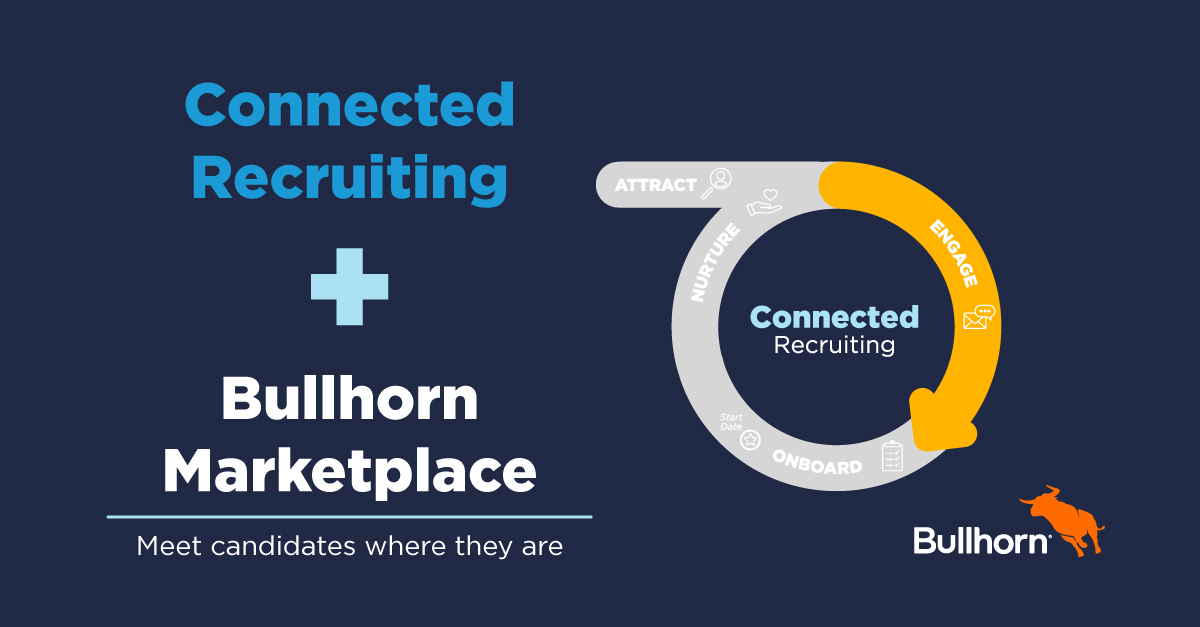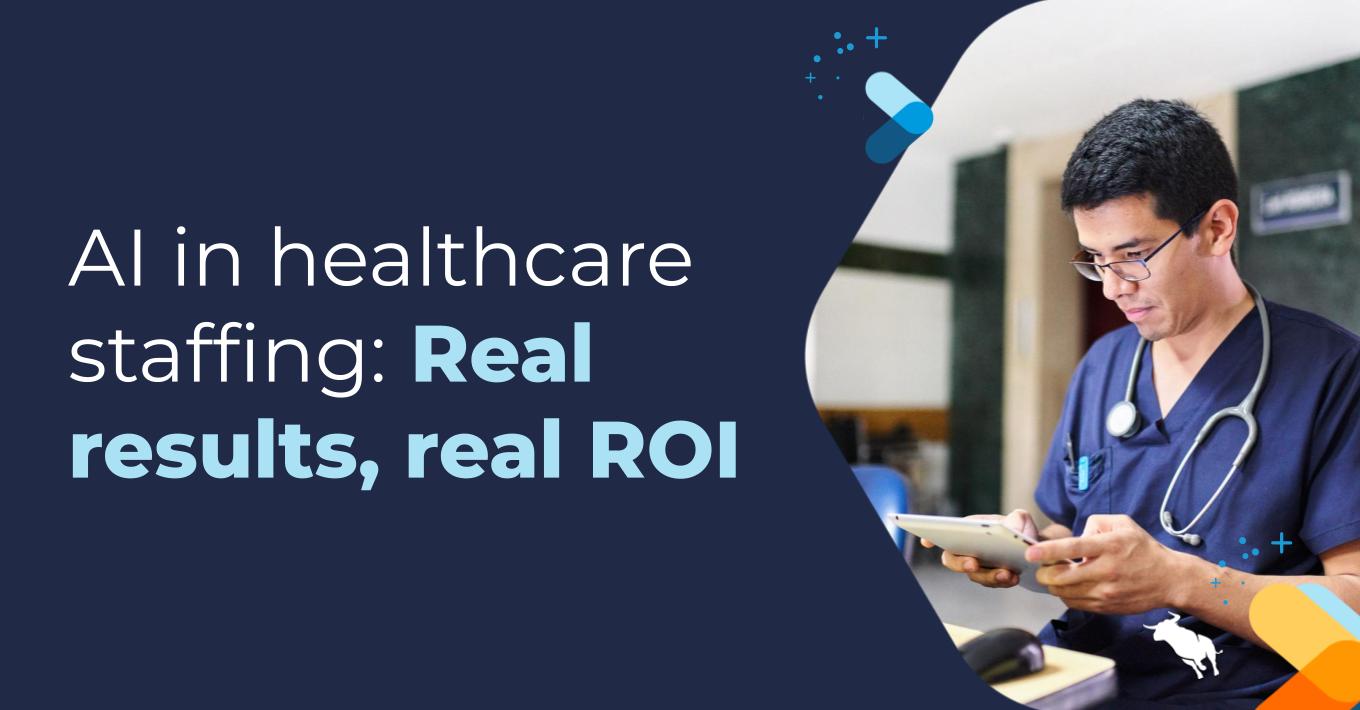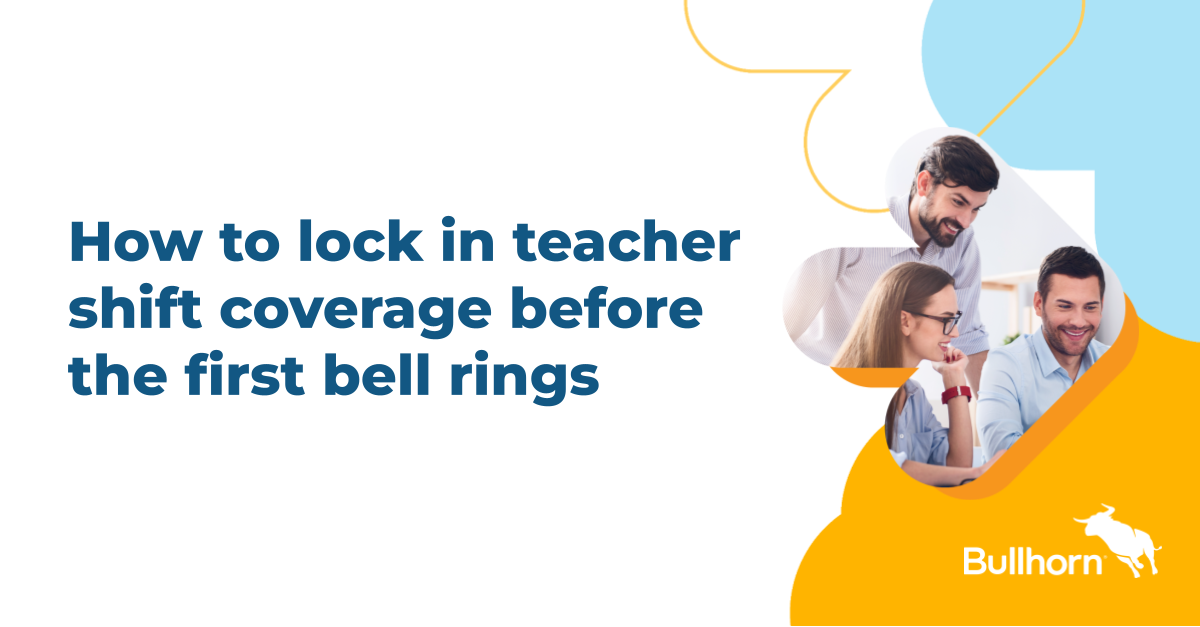How your tech stack can help better engage talent

The rules of engagement have changed. The modern candidate expects a modern recruitment experience, one that’s both personalized and high-tech, and firms that don’t keep up run a risk of losing out on talent. According to this year’s GRID Industry Trends Report, firms that struggled in 2022 were four times more likely than their successful counterparts to say that outdated technology hurt their ability to offer an incredible talent experience.
How can you leverage your tech stack to succeed? Each staffing firm is different; what works to engage candidates for one organization won’t work for another. That’s why Bullhorn has our Marketplace, featuring vetted partner technologies for customers to build out recruitment tech stacks that cater to their specific needs. Combined with Connected Recruiting best practices, you can keep talent engaged from application all the way through onboarding and beyond.
We sat down with Hunter Wallis and Alicia Torres, Sales Manager and Senior Marketing Executive, respectively, at Hinterview, Tim Walker, Co-founder and COO at 3DIQ, and Jared Hummel, President at Parqa. Below, read their thoughts on cutting through the noise of your competitors, understanding your candidates’ needs, and making strategic decisions to transform your talent pool into a talent community.
These interviews have been edited and condensed for clarity.
Can you tell us a little bit about your organization?
Hunter Wallis, Hinterview: We are a 360 video solution built bespoke for recruitment. The idea was born when our two co-founders, career recruiters themselves, asked, “What can we do to strengthen candidates’ applications?” As for our mission, we’re introducing technology to recruitment and staffing firms, but without removing the humanized element. Video allows our customers to continue enhancing that while maximizing efficiencies in their day-to-day, whether through video resume submissions or video engagement.
Tim Walker, 3DIQ: We’re a submission platform that helps users create profiles for candidates and submit them to clients, get feedback, get real-time notifications, and write notes in Bullhorn. We have a client portal, which is made for clients. We also have a skill marketing platform where users can take advantage of their database, generate lists of available candidates, and skill market them out to clients as an email marketing platform.
Jared Hummel, Parqa: Our mission is to accelerate digital transformation in the staffing industry through technology, data, and communication strategies. What most staffing firms aren’t realizing yet is that these three working together is what will allow your business to scale. PARQA operates on a three-pronged approach with our clients: Consulting, Execution, Optimization. In the first phase, we audit the company’s tech, data, and communications and align with key stakeholders on what they are trying to achieve, and then we partner to create a roadmap to help them digitally transform their business. In the second phase, we roll up our sleeves and get to work. We love partnering with internal marketing and technology teams because the reality is that it takes a lot of different subject matter experts to accelerate your digital transformation. In the third phase, we continue to work with clients to optimize their operations, the digital world is transforming at lightning speed and we are always looking around the corner for our clients as the industry continues to evolve. We exist to get you there faster, with less risk, and better returns.
How do you help recruiters engage with candidates?
Wallis: I attended Engage both in Boston and London last year. And I recall Art’s opening talk at Boston, and something he said that really resonated with me was about turning your Bullhorn database into a community. When I’m talking to recruiting staff and leaders, all of them are saying, “We have this massive database, but we’re not even scratching the surface of it.”
So when it comes to Connected Recruiting, specifically, when we talk about this engage subsection, that’s where Hinterview can come into play. If you’ve got customers today who are using your automation tools, or if they’re looking to continue taking advantage of their hot lists, their ability to use video messaging as part of that engagement strategy allows them to use a vehicle of messaging that is far more impactful and innovative than what just looks like a copy and pasted like email message – something that doesn’t really contextualize why you want to keep these people on your radar. It’s a lot more informative; it’s a lot more humanized, and a lot more personalized. And I think it gives those candidates more care and attention.
Walker: Our product is primarily client-focused, as we’re a platform built for candidate marketing. If you get a new resume from a candidate or some updated information, you could trigger that information to automatically go on to a tearsheet or a hot list in Bullhorn. Our platform then creates a link for that list and auto-generates profiles for all of those candidates.
If you have enriched those candidate profiles in Bullhorn and made sure that those profiles are really well developed with accurate information in them, instead of using a resume document, we can create a custom template to generate that candidate profile based on the template. Then you can easily market that entire list of candidates out to a list of prospects or clients to engage them and place candidates more quickly, especially ones that maybe just came on the market or recently came off of a contract and are looking for that next placement.
Amidst the staffing shortage, the pandemic, and the rapid pace of digital transformation, how has the process of talent engagement changed in the last year or two?
Wallis: I worked in recruitment for seven years before joining Hinterview pre-pandemic. And my experience was that it was a very face-to-face industry. When I was briefing, qualifying, and vetting candidates, nearly all of that activity took place face-to-face. Candidates could build some trust in you and understand that you are human and not just a voice down the end of the phone, and it also allowed us to build trust in the candidate. Coming out of the pandemic, there’s obviously been this massive post-lockdown employment boom globally, across almost every vertical in the world, making the candidate market extremely tight.
What that means is candidates are inundated with messaging from recruiters. And they can’t see the wood from the trees: who do they work with? Who do they trust? Who do they respond to? What sort of job do they even want to look for? That brings with it some challenges. As a recruiter, how do you build trust with the candidate? How do you ensure that they’re not going to let you down when you send them to an interview and they ghost you? Video technology, whether that’s engaging candidates before you submit their resume by doing a video introduction, or throughout the process and post placement, you can send them personalized video messages to keep them engaged with your brand. I think engagement has changed massively from both the candidate’s point of view, but also how a recruiter engages with them.
Walker: What we’ve noticed is that more people are adding new products into their tech stack, but it’s important to stay focused on what you’re trying to do. We’ve heard recently from a number of customers that they want a single source of truth – a single place that they want to go to manage all of that. If you have no way to benchmark that and understand what your ROI is, because you have five different tools, it can – especially for smaller teams – get out of hand really fast. For us, it’s critical that if you are engaging with candidates, or you’re engaging with clients, that all of that information comes back into Bullhorn because then you can understand what’s working and what’s not, and who’s performing and who’s not performing.
How is the industry doing right now in terms of using tech and marketing strategies for talent engagement?
Hummel: I feel like we’re in the early stages of the adoption curve. The industry is just trying to figure it out; I’ve seen posts from leaders in the industry saying that there’ll be a lot of B2C marketing executives entering into staffing in the next five years because they’ve been doing it for a long time in other industries. The common theme I heard last year at Engage is that we’re 50% of the way there, but we don’t really know how to get to 90%. [To get there] I think it’s really the combination of data technology and communication strategies. You need good data in and out, you need the right tech to be able to do it at scale, and then the communication strategy is obviously the key. You need to know [the candidate’s] journey in order to give the right message to them at the right time.

What constitutes meaningful, authentic engagement?
Wallis: Recruiters need to think about what candidates are experiencing, what their pain points may be, and what has come about post-pandemic in terms of candidates’ demands. You have candidates looking for more flexibility, better work-life balance, and hybrid working, whereas pre-pandemic, the outreach was fairly simple: it was about the job. I think as long as you can consider those things, not be presumptive, not put your agenda in it, and use ways of engagement as a means to break the ice, encourage the candidate to speak to you, and then work to better understand them, then you’re in a good position. But if you’re just going in saying, “Hey, this is my message, this is what I want,” then you’re not going to get responses, and you’re not going to stay engaged, because candidates will see right through it.
Alicia Torres, Hinterview: We have a customer who uses both Hinterview and Bullhorn, and I think she’s a great example of using Connected Recruiting. She has real conversations with her candidates, and she focuses on the relationships she’s going to have with them rather than pushing them to anyone right away. She’s making sure that she has really good data that’s clean and is asking them really meaningful questions. That way, she’s building those authentic, genuine connections so that if the candidate finishes out that role, they’ll return to her.
What’s the key to re-engaging passive candidates?
Hummel: It’s about that communication strategy at scale. If you have a dormant database, and all you ask of a candidate is to update their name and phone number, you’re going to get virtually no response. You’ve got to give them something of value in order for them to engage with you, use good content that speaks to them and gives them something of value, and use AI to put jobs that are relevant to them in front of them. If you’re doing it all manually, the only people that can have a good experience are the people that you talk to within the last two weeks, because then you forget about them, and then they do not have a good experience.
How will talent engagement change over the next few years?
Walker: I think we’re going to see a shift from a candidate market to a client market. And I think staffing companies are really going to have to think about what they’re doing with the candidates that are in their database. And they’re also going to have to think about their speed to delivery. Because the competition is going to get tighter, they’re going to be competing against two or three other staffing companies, and they’re all going to be sending the same candidates, so being able to present those candidates that you do have in a way that’s a value add for the client and delivering them to the clients faster will be critical.
I also think it’s like pulling teeth to go to a candidate as a recruiter and try to get their resume. They’ll send you a PDF, and it’s not updated, so then you have to go back and ask them for a Word document. And that all just takes way too much time, and it’s another piece of why it takes so long to deliver candidates to clients. In the future, I think it’s going to be important to be able to use other tools to get information, or you just go to the LinkedIn profile, import it, generate a profile for them, and send it off to the client. Be able to do things that meet candidates where they are, and where they have their updated information, and use that to create packages that you can then deliver to your clients at scale.
Hummel: There are definitely companies out there that are throwing mud at a wall and trying to figure it out. But there are some that are taking a very purposeful, strategic initiative towards it. You know, you need to have a tech roadmap, you need to have a data structure documented, and you need to do buyer journey or candidate journey mapping. The firms that are actually investing in the strategy versus from point A to point Z are the ones that are going to progress the fastest.
Want more Marketplace partner content, including success stories, webinars and events, and special offers for Bullhorn customers? Check out our Partner Engagement Hub, or read our interview with more Marketplace partners on attracting candidates.








